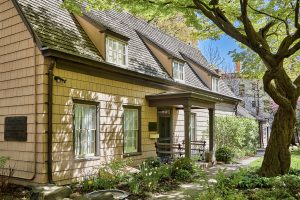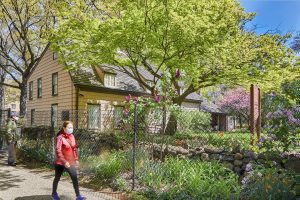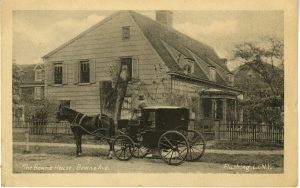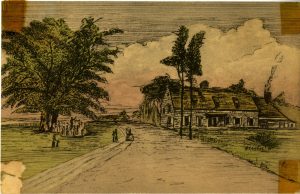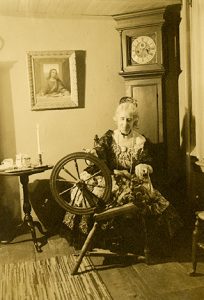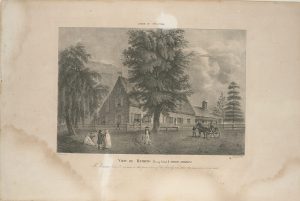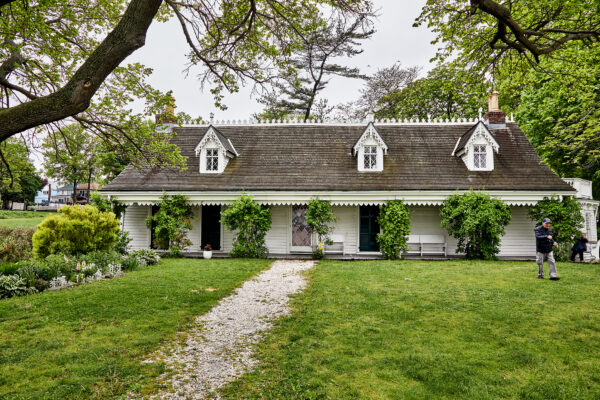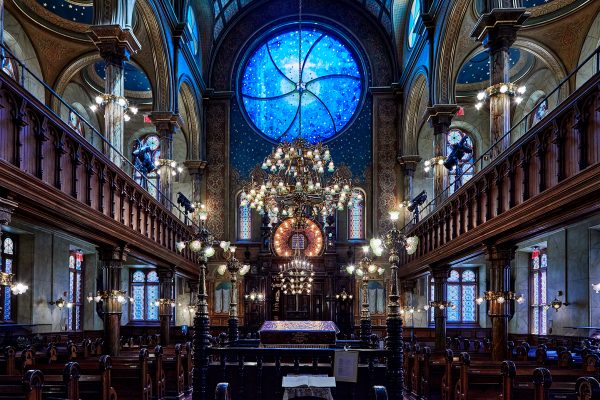Why is this building significant?
The modesty of this colonial-era, two-story house belies its historical significance. John Bowne, an English émigré who in 1649 moved to Boston then settled in Flushing, Queens, when the Dutch controlled New York, built the house for his family. Over the next 300 years, nine generations of the Bowne family lived in the house and, as businessmen, horticulturists, educators, and politicians had an enormous influence over American life. John Bowne himself allowed Quakers to meet in his house, which was illegal at the time and for which he was arrested in 1662. This defiant act in the defense of religious freedom led to bedrock American principles codified in the Bill of Rights. Subsequent Bowne family members were abolitionists. Today, the Bowne House is a member of the National Park Service’s National Underground Railroad Network to Freedom program, the only organization in Queens to receive this recognition.
What did the New York Landmarks Conservancy do?
We have been a long-standing, pro-bono advisor to the house on preservation issues and have worked as a liaison between the house and the New York City Parks Department and the Department of Design and Construction.
Contemporary


